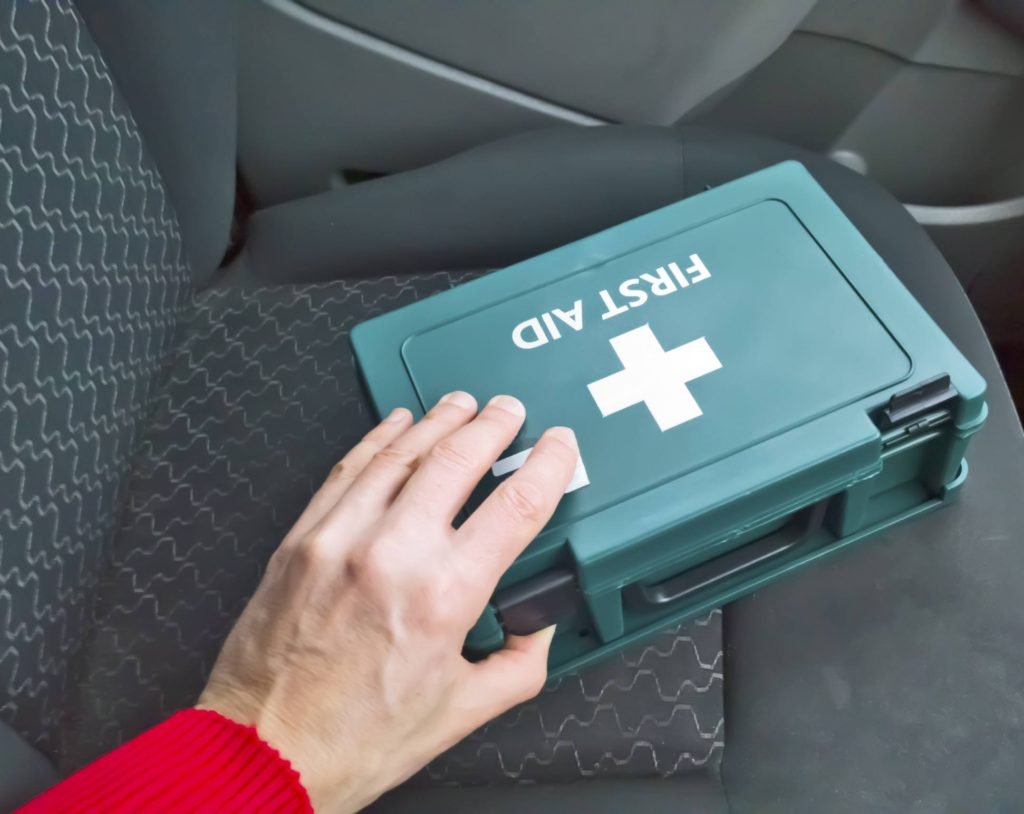If you plan to go on vacation with your family, you don’t give much thought to getting injured and having to seek medical help. No one wants to ruin the excitement of their trip with these negative thoughts. But not taking such precautions can cost you dearly, and having to look for a hospital in the middle of your journey may ruin the whole experience which could have been salvaged if you had a First Aid kit. If you have one, your experience will only be spoiled for a short while, as you will administer first aid right there and then and will be good to go on with whatever your plans were.
Let us look at the necessary and most needed items that every First Aid kit should have. These tools are readily available at your local pharmacy. According to experts at Travel Ji a medical kit must include:
Antiseptic Wash
First things first. This is one of the most essential components of your first aid tool kit. The safest and easiest method of dealing with a fresh wound is to wash it with water before you apply the necessary ointments and bandages. However, you may not have a source of water available immediately if you are in the outdoors and the source of water that is available to you may not be clean. In such cases, an antiseptic wash will come in handy, which you can use to clean the dirt out of the wound and remove any germs before you close it up.
Gauze Pads And Surgical Tape
Gauze pads should have the second highest priority when it comes to stocking your first aid kit. Gauze pads are necessary for stopping bleeding if the wound is not a mere cut. Moreover, if the injury is dangerously bleeding, a gauze pad may not be the solution but can hold out until you seek proper medical help. Gauze pads can be held in place with surgical tape, that is easy to put on and painless to take off.
Adhesive Bandages
If the wound is small and not profusely bleeding, you can do with adhesive bandages. Adhesive bandages, commonly known as band-aids, are to a first aid tool kit what bread is to our diet. Band-aids can take care of the most widely occurring injuries like cuts and scratches and are even suitable to put on minor burn wounds like blisters. The best thing about them is that they are waterproof and have antibacterial medication on them. Moreover, band-aids also come in various shapes and sizes, so they are suitable for any type of wound on any part of your body.
Antibiotic Ointment
One has to be wary of preventing a wound from getting infected as a result of bacteria entering the injury. However, just applying antiseptic on your wound may not be of much help as it only slows down the growth of bacteria. Therefore, there still is a risk of infection, and if one is to eliminate the risk of disease completely, you need an antibiotic ointment. After washing the wound with the antiseptic, the ointment can be applied either directly to the injury or to the gauze pad you are using to patch it up.
Anti-Sting Cream
Keeping something like this is a must if your vacation involves camping outdoors and you don’t want to ruin it because of those pesky insects. Even if you are staying in a hotel, you are not safe from bed bugs. Therefore, you will find it handy to stock your first aid kit with something to ease the itch if an insect decides to feast on your flesh. For this purpose, something like hydrocortisone cream and anti-malarial are most suitable to relieve itching and inflammation resulting from bug bites.
Cotton Balls And Cotton-Tipped Swabs
Cotton balls and swabs are necessary as they prevent the transfer of germs from your hands to the wound while you are trying to clean the wound or administer ointments on to it.
Scissors
Another necessary tool that is a must-have for any first aid kit is a pair of medical scissors. Medical scissors come in handy when you have to cut gauze or bandages and especially if you have to cut someone’s clothes to access a wound. Medical scissors are designed explicitly with blunt edges so as not to hurt the person whose clothes are being cut.
Gloves
Latex gloves are another integral part of medical aid administration. They prevent the administrator from getting blood on themselves and protect the injured person from the germs on the hands of the one administering aid.
Medicines
The above mentioned were the necessary tools and medical equipment in case of cuts and stings. For other medical problems, like those occurring inside your body, you need medicines. But which ones to take? How can you know which kind of sickness are you going to get? The thing is, you can’t. So what you can do is prepare your tool kit keeping in mind the most commonly occurring problems. Hence, you should have pain relievers like ibuprofen, aspirin, anti-allergy medicines like an antihistamine, and some medicines for digestive issues like antacids, laxatives, and anti-diarrhoea and anti-nausea medication.
Precautions To Take
Make sure you get a waterproof box to store all your medical equipment. You don’t want the gauze pads getting wet without which you have nothing to patch a wound up. Try to keep the box in a cool place as heat damages some products. Also, make sure the medicines aren’t expired. And most importantly, do remember that first aid kits are only meant for non-emergency issues and if the situation demands, you are better off calling emergency services.
Now in the days of Coronavirus you must have sanatizer and Mask
Edited by Austin Kohli

